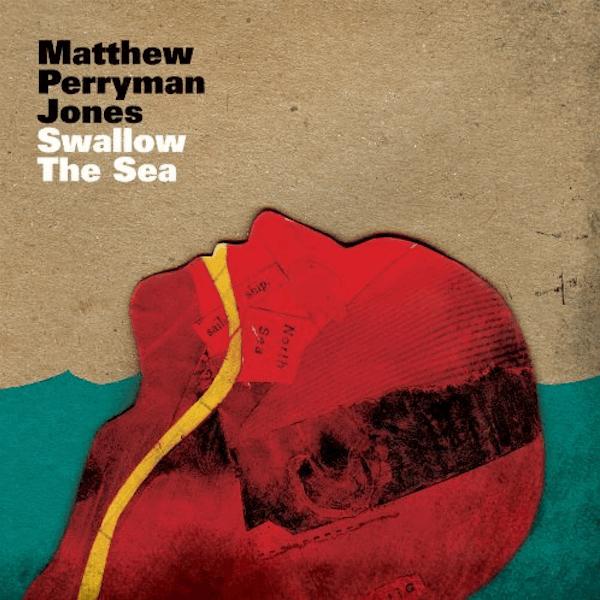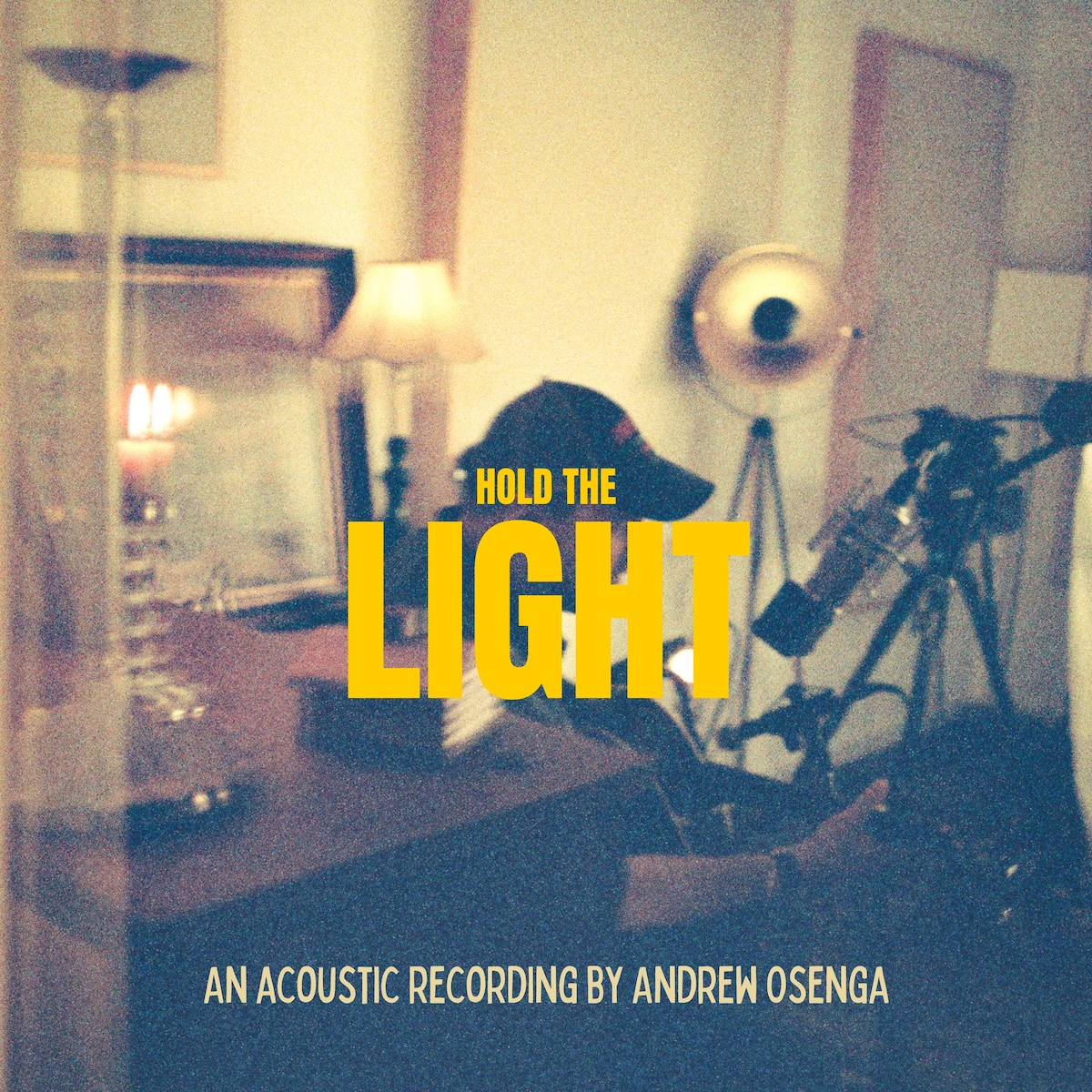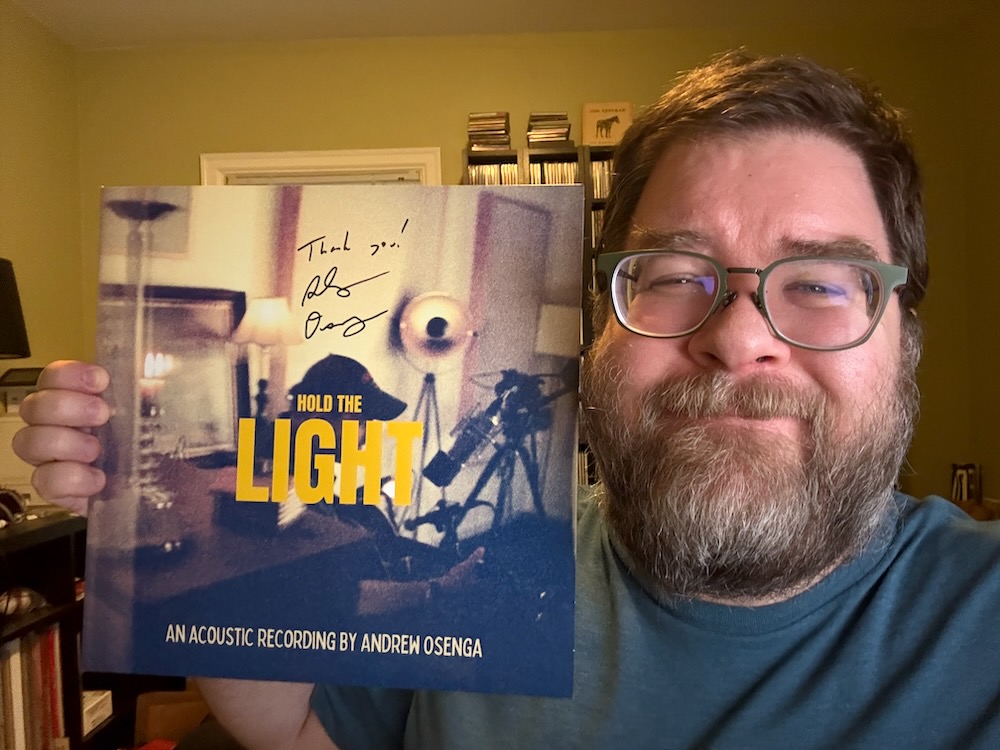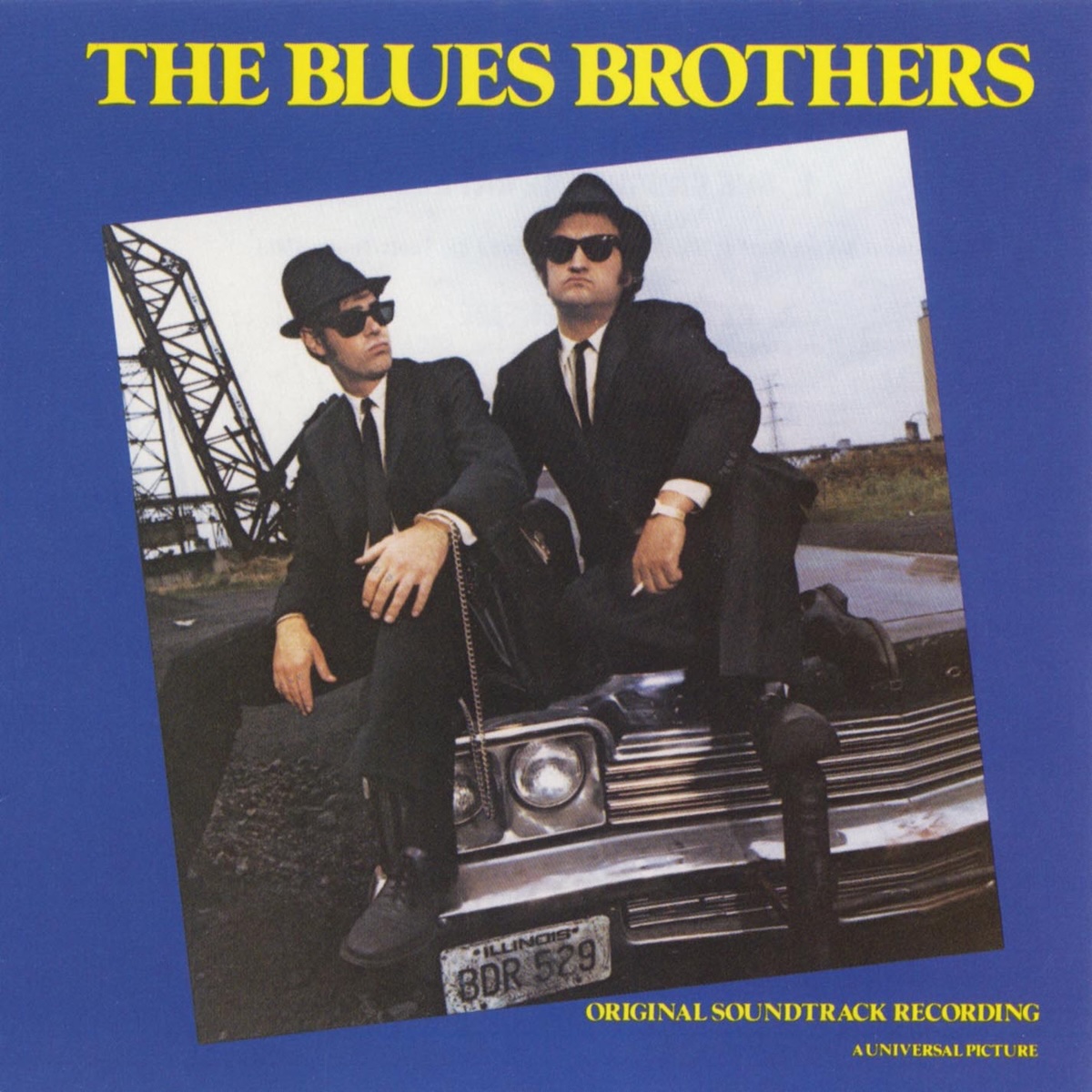Blog
Album Of The Day: Restoration by Lecrae

Released 5 years ago today, this is the ninth and latest album (until tomorrow) from Lecrae. He's been making rap for 20 years and not happy with the label of "Christian rapper" for probably just as long. Though he tried to share the Gospel via rap on his early albums, he spends a lot more time just talking about life. Sure, there's a bit of Gospel if Kirk Franklin is speaking a word, but it's mostly rap with a very accessible pop sound. Lecrae even got John Legend to sing vocals on "Drown" too. I also love "Set Me Free" with its bed of the Mary Mary track "Shackles" too. This album is a great collection of songs and it's maybe not his best album, but it's sold. Looking forward to check out his latest music with a new album releasing tomorrow!
Release Year: 2020
Listen on Apple Music
Listen on Spotify
Album Of The Day: Swallow The Sea by Matthew Perryman Jones

Released 17 years ago yesterday, this is the third album from this folk/rock singer-songwriter. Matthew Perryman Jones's songs are well-crafted and I love the rock vibe, but when I've seen him play live, it's with just an acoustic guitar and the songs sound just as good in that form too. Lyrically, his songs are about the trials and troubles of life, but some spiritual language occasionally points to hope, though in no way is this steeped in religious references. I don't listen to Matthew Perryman Jones too often, but every time I do listen, I always like it more than I remember and think I should listen to him more often. He's one of those indie singer-songwriters that is not well-known but should not be overlooked.
Release Year: 2008
Listen on Apple Music
Listen on Spotify
Album Of The Day: Armistice by Mutemath

Released 16 years ago yesterday, this is the second album from alternative rock/pop band Mutemath. They are one of my favorite bands because they had such a great sound and a killer live show full of energy and musicianship. The band Mutemath mixes influences effortlessly, melding pop, rock, electronic elements, and much more, tying it together with great melodies and intense drums. I think "Electrify" should have been a Top 40 hit, honestly. "Armistice" has a bit of a New Orleans jazz flavor with an appearance by Rebirth Brass Band. Songs like "Spotlight" and "Backfire" are the energetic side, while "Odds" and "No Response" bring a bit slower vibe. And I love an epic closing track like "Burden". Lyrically, the band is struggling with relationships and their place in life; and years later it may be less about relationships at home than the relationships between the members of the band and struggling to come up with a worthy successor to their debut album. Though the lyrics are a bit dark in spots, it's lots of fun experimentation musically that keeps me listening to Mutemath, one of my all-time favorite bands.
Release Year: 2009
Listen on Apple Music
Listen on Spotify
Album Of The Day: Before The Sun Goes Down by The New Respects

"What make the world keep spinning? Love makes the world go round." Released 7 years ago yesterday, this is the first and only full-length album from The New Respects, at least so far. This is one of my favorite albums of the last 10 years, because it's just such feel-good music. They mix rock, pop, and soul and definitely have a throwback sound that I love. They are great live, playing all the instruments and with tight harmonies. I especially like when the music gets a bit slower on "Come As You Are" and "What Makes The World", some of the best songs on the album. This album captures their excellent sound and doesn't overdo it with over-production, and it's one of my favorite albums to listen to when I need a pick-me-up.
Release Year: 2018
Listen on Apple Music
Listen on Spotify
Album Of The Day: Watch The Rising Day by Matthew Smith

Released on this day 15 years ago, this is an album of old hymn texts given new melodies by Matthew Smith. The hymns have never sounded more contemporary, as Matthew Smith gives them a pop/rock/folk sound in his performances and the instrumentation of his band. There's lots of beauty in these old texts and I love these new melodies and arrangements. They really bring these hymns to life in a new way. Unfortunately, this seems to be not currently available on streaming, but you can find it on his Bandcamp page digitally or on CD and vinyl. Also, check out the interview with Matthew about this album on Caleb's Album Anniversary Podcast via Apple or Spotify or wherever you get your podcasts.
Release Year: 2010
Buy on Bandcamp
Album Of The Day: Hold The Light by Andrew Osenga

Released today digitally and released last December on vinyl, this is a beautiful session of acoustic versions of songs written by Andrew Osenga (The Normals, Caedmon's Call). This was recorded on his 45th birthday as a present to himself. I'm glad we get to hear this recording as much as it was a treat for him to make it. Andrew's music has always been so honest, so heartfelt, and to explore both the highs and lows of life. One of my favorite songs ever is "After The Last Tear Falls", which was co-written with Andrew Peterson, and it’s fun to hear Mr. Osenga play it here. Other songs featured in this session are from his solo albums released 20+ years ago to even one track from The Normals's final album. Many songs are from his excellent The Painted Desert album and more recent songs are here too. This album acts as a great retrospective of Andrew's career and hopefully a whole new group of fans will check his music out.
Release Year: 2024
Listen on Apple Music
Listen on Spotify
Buy the vinyl

Album Of The Day: The Art of Translation by GRITS

"My life be like, ooh-aah, ooh." Released 23 years ago today, this is the fourth album from this hip-hop duo and it's my favorite album of theirs. They bring the energetic raps right from the start with "Here We Go", and keep it going with "Ooh Ahh", "Tennessee Bwoys", "Believe", and "Make Room". Labelmate Jennifer Knapp provides vocals on one song, and label owner and artist TobyMac makes an appearance as well, among others. It's solid beats with good raps from Bonfide and Coffee, two rappers who perform as GRITS. The lyrical content is at least somewhat spiritual, but also pokes fun at hip-hop culture, how much they love their city of Nashville, Tennessee and that "Gospel rap" is not their preferred way of being labeled as a duo.
Release Year: 2002
Listen on Apple Music
Listen on Spotify
Album Of The Day: Chrysaline by Josh Garrels

Released six years ago this past Saturday, this is the ninth studio album from Josh Garrels, an independent folk-rock singer-songwriter. When it came out, I wasn't a huge fan. It's more mellow than his previous albums, I think, and I'm a bit of a rock fan. As usual, the lyrics have very spiritual content, and the instrumentation is beautiful. Much of Josh's vocals are a bit into his upper range, which works well. Over the years, the album has definitely grown on me, and despite the fact that he doesn't rock as much or break out into a spoken word verse like previous albums, it's still a solid listen.
Release Year: 2019
Listen on Apple Music
Listen on Spotify
Buy on Bandcamp
Album Of The Day: The Blues Brothers Soundtrack by Various

Released 45 years ago earlier in the summer, this is the soundtrack of the John Landis-directed comedy/musical/action film. John Belushi and Dan Aykroyd often appeared on Saturday Night Live as a blues duo from their beloved Chicago, and along with opening for other bands and some touring, this ridiculously funny film was made. This album includes all the major musical numbers from the film recorded in a studio, and a few bits that are not in the film are included too. Most of it is Jake and Elwood Blues, their characters names, as The Blues Brothers, but they are joined by Ray Charles on one song and Aretha Franklin, James Brown and Cab Calloway get their own tracks from the film. Classic songs like "Jailhouse Rock", "Sweet Home Chicago" and "Gimme Some Lovin'" are just a sample of the classics on this album. The Blues Brothers are great performers even if they are actors first, and they love the music. And the band they assembled for this album and the movie is top-notch as well. If you've not listened to much blues, this is a great place to start. It's even a fun listen if you haven't seen the movie. And if you're a fan of classic blues music, you'll probably find this not bad as well, I think.
Release Year: 1980
Listen on Apple Music
Listen on Spotify
Album Of The Day: Kingdom Of Comfort by delirious?

This is the seventh and final studio album from Christian rock band delirious?. By this time, the band from a small town on the English coast had been all over the world and seen many things, so this album brings a bit more socially conscious lyrical content than their previous albums. The title track, most notably, is a prayer to look beyond ourselves and love our neighbor. Much of the other songs are religiously-themed rock, with the band's veteran musicianship shining through to make many songs an all-out rock fest. Slower anthems like "We Give You Praise", "Love Will Find A Way" and "My Soul Sings" are interspersed with the rock tracks like "Give It What You've Got", "Break The Silence" and "Stare The Monster Down". It's not their best album, but it's still a good album worth a listen. A year later, delirious? announced they were saying farewell to the music scene, though they left a very lasting mark on Christian music worldwide.
Release Year: 2008
Listen on Apple Music
Listen on Spotify